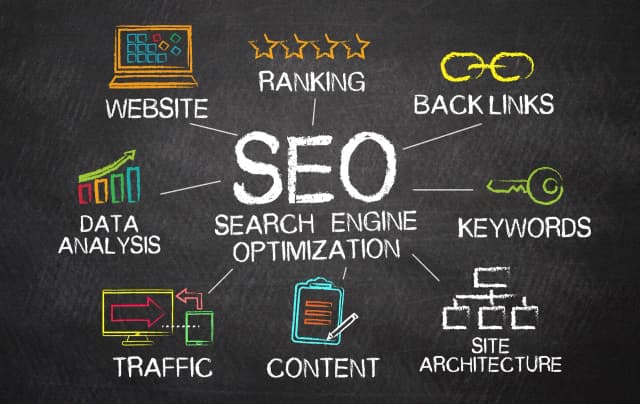On-page SEO is crucial for e-commerce websites aiming to improve their search engine visibility and drive more traffic. With the right strategies, you can enhance your product pages, boost user experience, and ultimately increase conversion rates. In this guide, we'll cover essential on-page SEO techniques tailored specifically for e-commerce sites, helping you attract potential customers and boost sales.
Understanding On-Page SEO
On-page SEO refers to all the optimizations you can make directly on your website to improve its ranking in search engine results. This includes aspects like content quality, keyword optimization, meta tags, and the overall user experience.
1. Keyword Research for Product Pages
Keyword research is the foundation of effective on-page SEO. Follow these steps to find the right keywords for your e-commerce site:
- Identify Your Niche: Consider the specific products you sell and the common terms customers use to search.
- Use Keyword Tools: Utilize tools like Google's Keyword Planner or Ubersuggest to find relevant keywords with good search volume.
- Long-Tail Keywords: Focus on long-tail keywords that are more specific and indicate higher buying intent.
2. Optimize Product Titles and Descriptions
Your product titles and descriptions must be both enticing and optimized for SEO:
- Include Target Keywords: Insert your primary keywords naturally within the title and description.
- Write Unique Descriptions: Avoid duplicate content by crafting unique, engaging descriptions for each product.
- Highlight Features and Benefits: Clearly outline what makes your product special, focusing on benefits for the customer.
3. Optimize Image Alt Text
Images play a significant role in the user experience and can also impact SEO:
- Descriptive Alt Text: Use descriptive alt text that includes relevant keywords to help search engines understand your images.
- Image Compression: Compress images to improve page load speeds without sacrificing quality.
4. Utilize Internal Linking
Internal linking enhances navigation and helps distribute page authority:
- Link Related Products: Include links to related products to encourage users to explore more items.
- Blog Content Links: Create blog posts that link back to product pages, driving traffic and improving rankings.
5. Enhance User Experience
A great user experience is critical for reducing bounce rates and improving conversions:
- Mobile Optimization: Ensure your website is responsive and loads quickly on mobile devices.
- Clear Navigation: Simplify your website’s navigation to make it easier for customers to find products.
- Use Trust Signals: Include customer reviews, ratings, and security badges to build trust.
Conclusion
Implementing effective on-page SEO strategies is essential for e-commerce websites looking to enhance their online presence. By focusing on keyword optimization, compelling product descriptions, effective image management, internal linking, and overall user experience, you can drive more targeted traffic to your site and increase sales. At Prebo Digital, we specialize in e-commerce SEO, helping businesses like yours thrive in competitive markets. Ready to optimize your e-commerce website? Contact us for tailored solutions!















